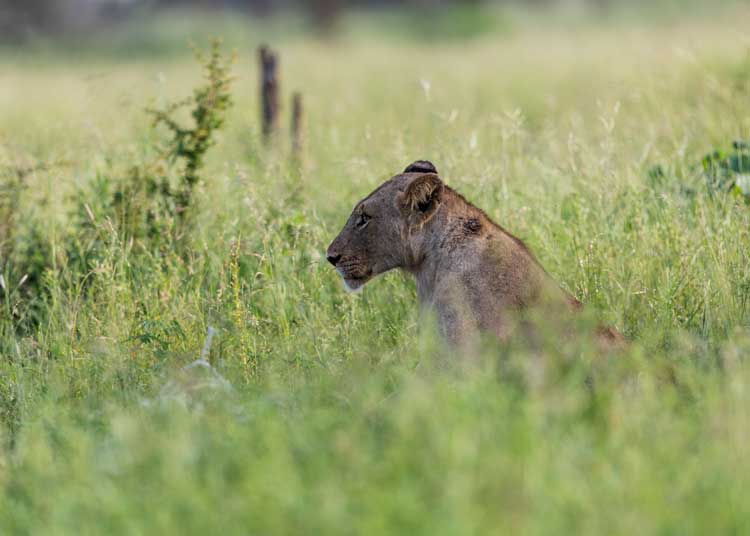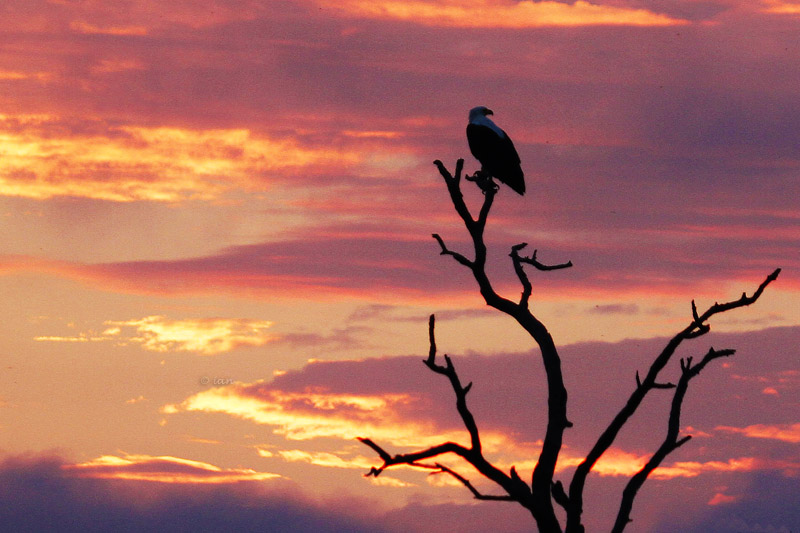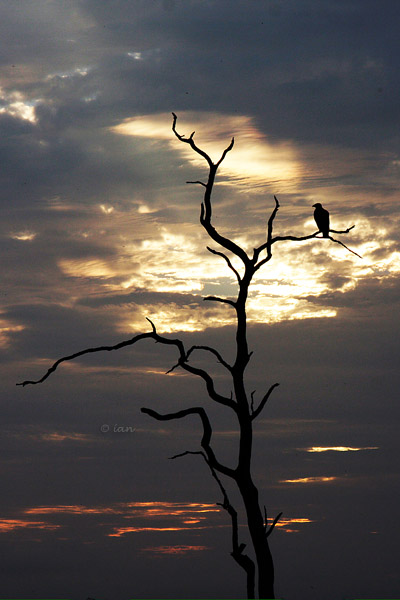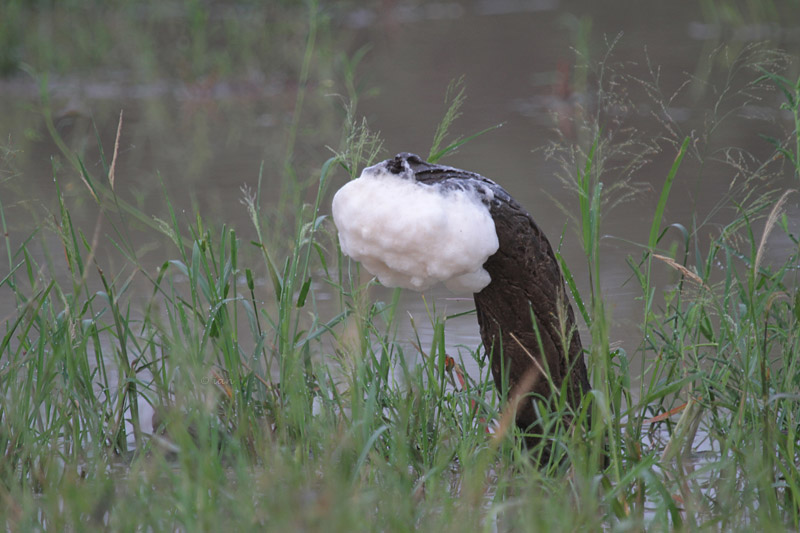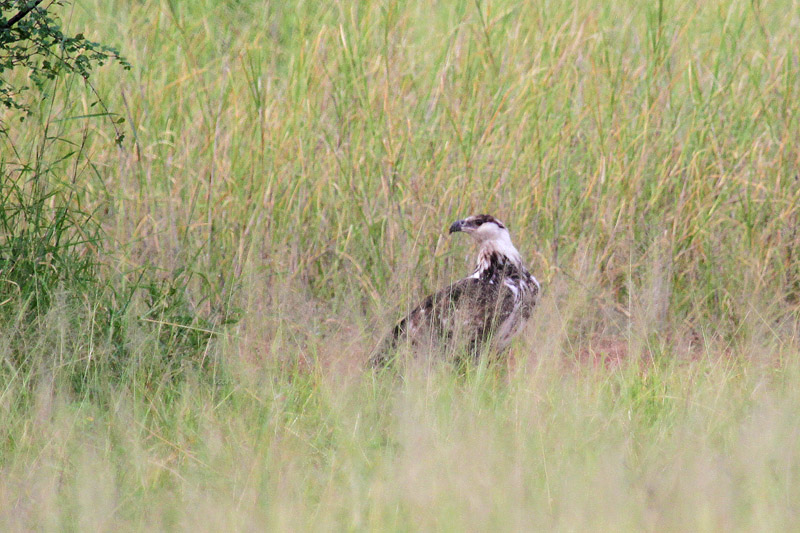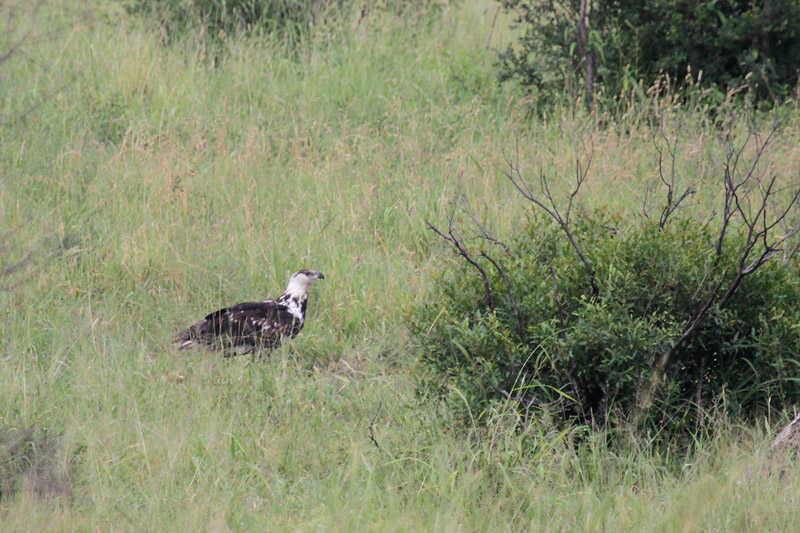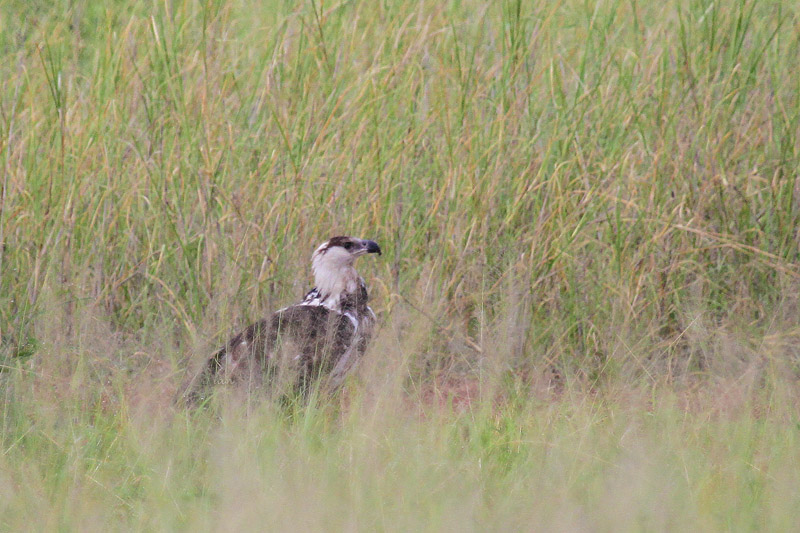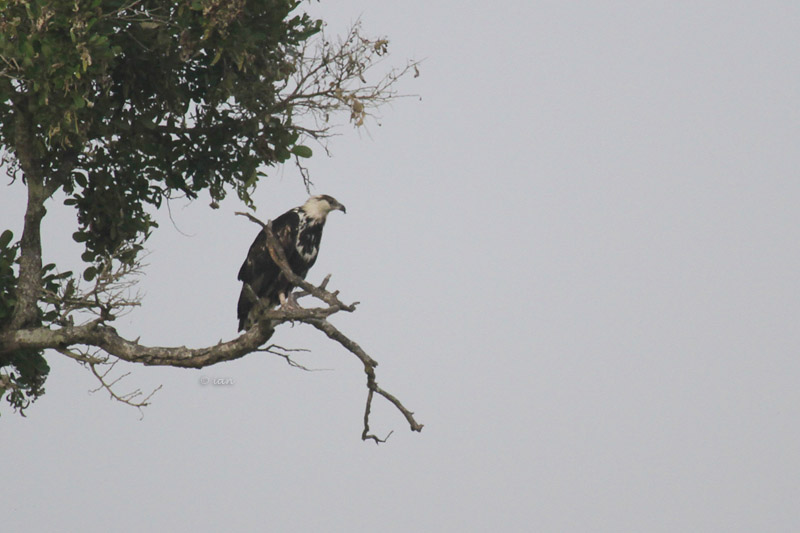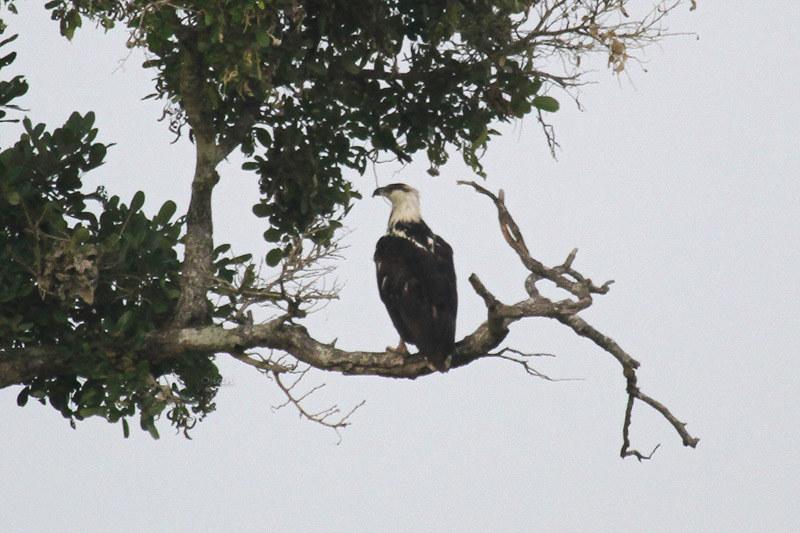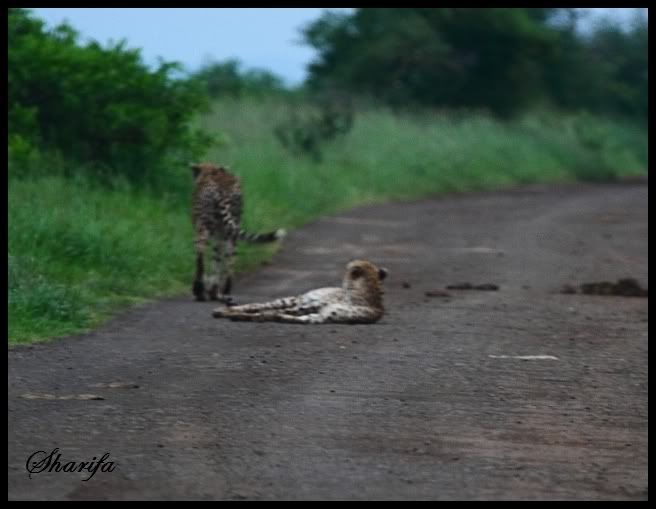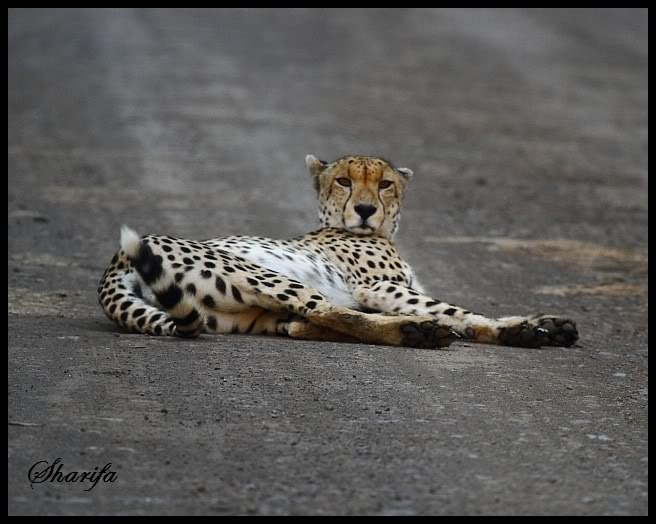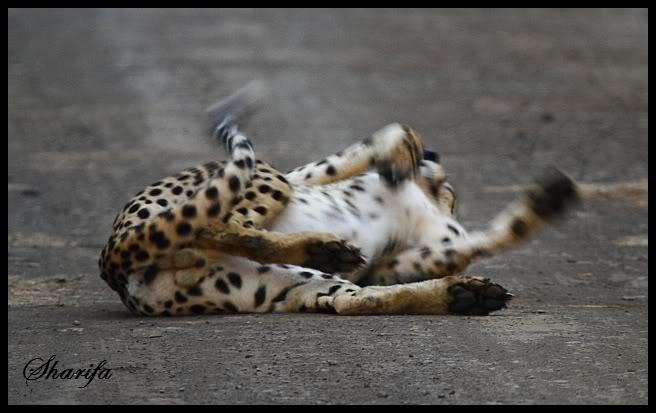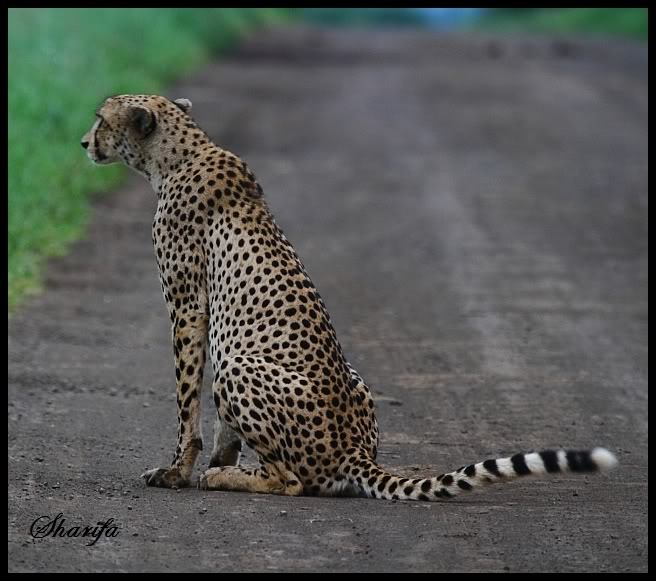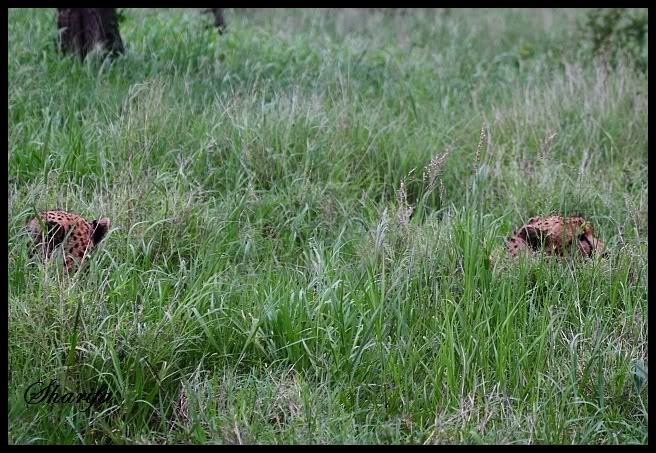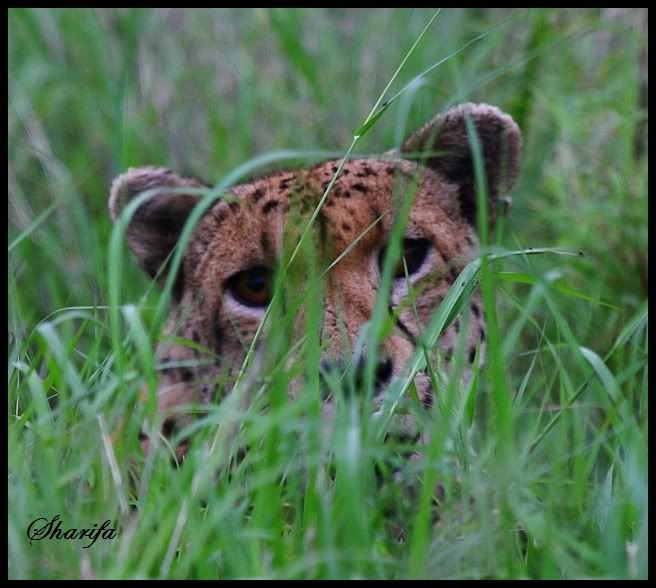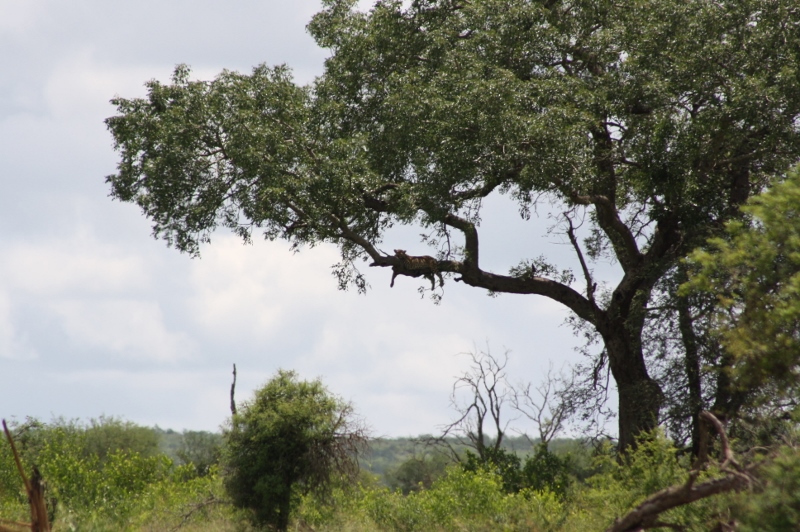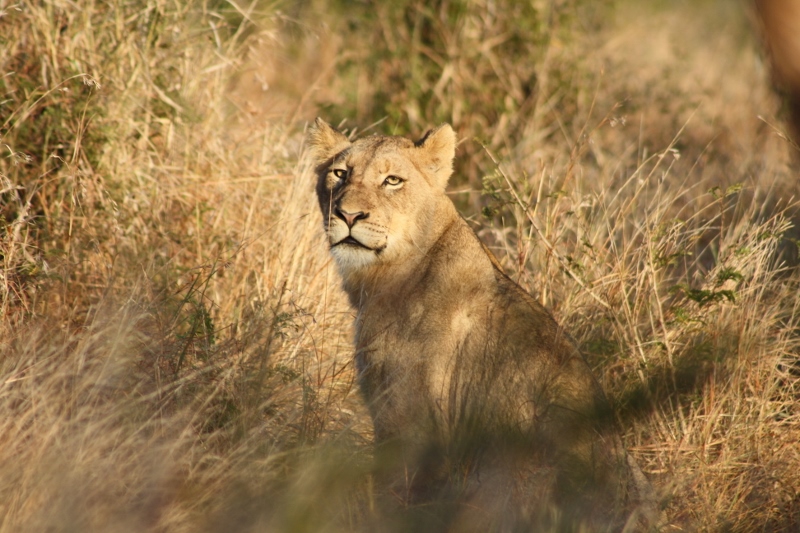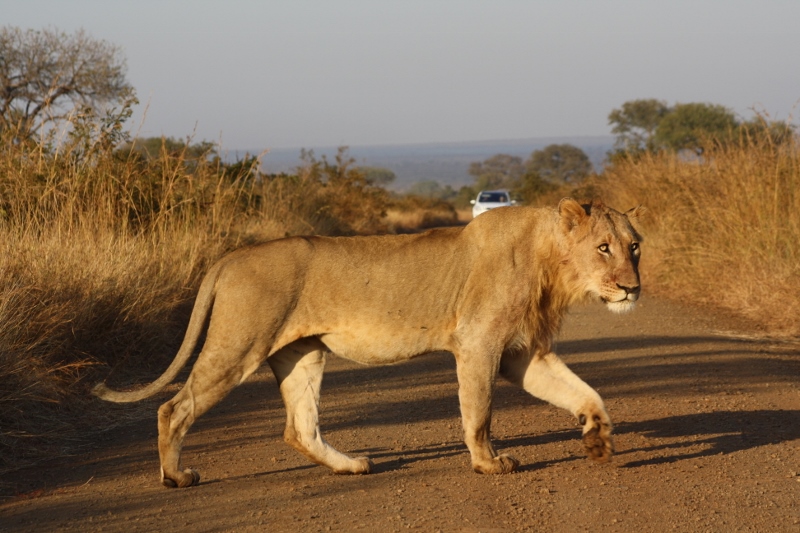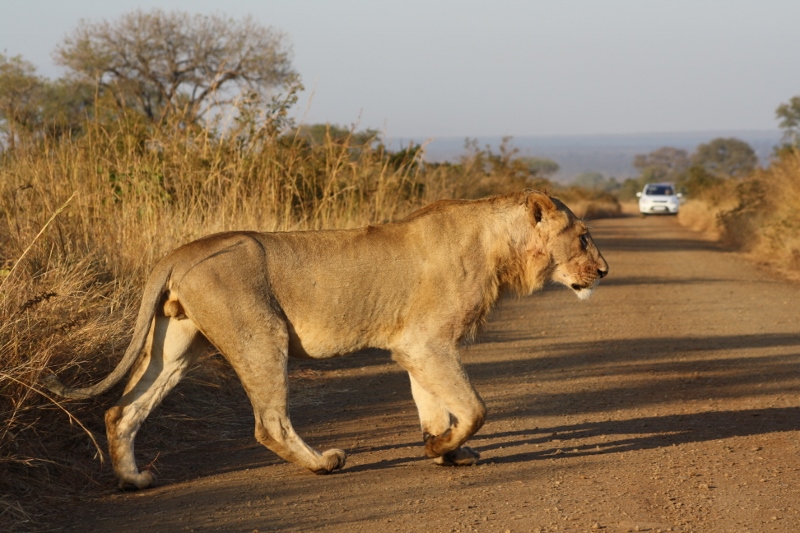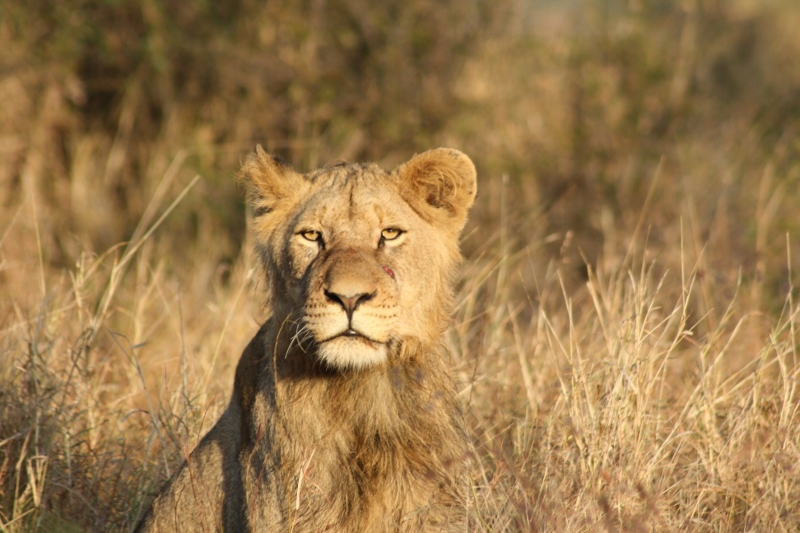Page 3 of 22
Re: Flavour of the Month - October 2014 - S28 Nhlowa Road
Posted: Sat Oct 04, 2014 7:28 am
by leachy
Re: Flavour of the Month - October 2014 - S28 Nhlowa Road
Posted: Sat Oct 04, 2014 7:35 am
by leachy
Re: Flavour of the Month - October 2014 - S28 Nhlowa Road
Posted: Sat Oct 04, 2014 6:20 pm
by Duke
Re: Flavour of the Month - October 2014 - S28 Nhlowa Road
Posted: Sun Oct 05, 2014 6:52 pm
by Richprins
Stunning pics, leachy and Duke!



This road is a tale of two halves, in my experience!
The Northern half, from a bit south of Mhlangandzwane, has a different grass/veld structure...more open and more animals!
The southern half has some very dense bits, grass wise, and less animals except around Mac and the extreme southern end!
Amazing Big-five sightings all along, though....

Re: Flavour of the Month - October 2014 - S28 Nhlowa Road
Posted: Sat Oct 11, 2014 6:42 pm
by Duke
In August 2010 our first night was at Crocodile Bridge. We arrvied at CB at 3.30PM and were on the S28 by 4.00PM and had our first meeting with the Magnificent Duke. He has lost one tusk by this time
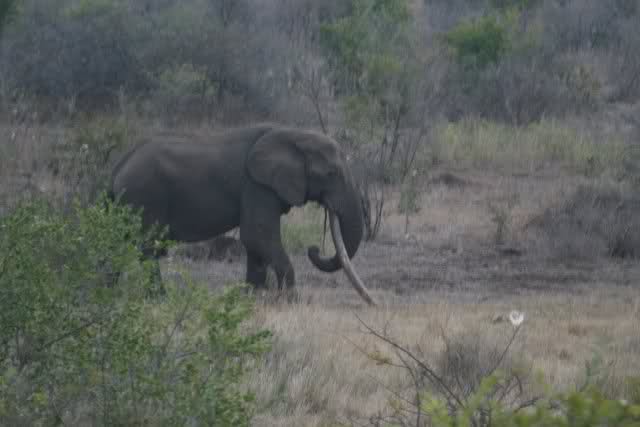
 View My Video
View My Video
Re: Flavour of the Month - October 2014 - S28 Nhlowa Road
Posted: Tue Oct 21, 2014 7:44 am
by RobertT
Re: Flavour of the Month - October 2014 - S28 Nhlowa Road
Posted: Wed Mar 30, 2016 9:43 am
by Richprins
nHlanganzwane dam now...broken years ago!
They are doing some project there, any ideas?

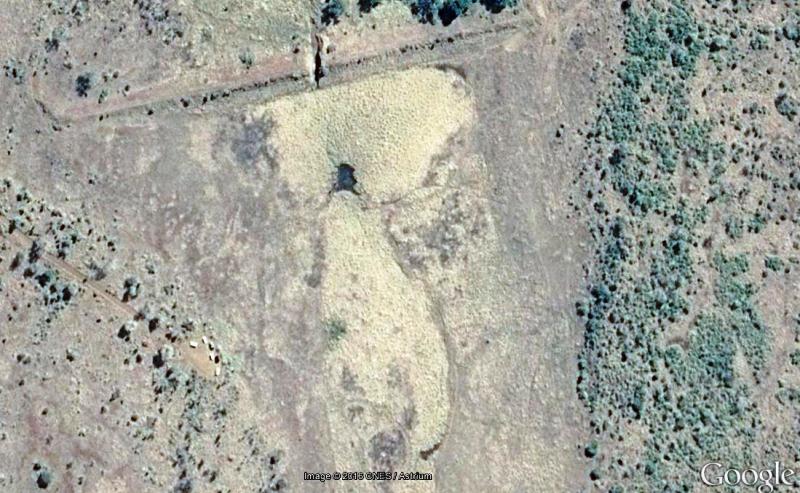
Re: Flavour of the Month - October 2014 - S28 Nhlowa Road
Posted: Wed Mar 30, 2016 10:51 am
by Toko
A large study going on there, it focusses on the catchment areas of 21 fresh water reservoirs constructed in the second half of the last century in the framework of a water provisioning programme. They look at the old breached and dried out reservoirs ánd collect data such as
Contemporary average near-natural sediment yield rates on the catchment scale based on volumetric mapping of the deposits in reservoirs
Late Quaternary rates of erosion using cosmogenic nuclide dating of river deposits upstream of the reservoirs
Major sediment sources within the catchments using sediment fingerprinting methods (geochemistry, magnetic susceptibility) in order to apportion sediment yield to contributing areas of selected reservoir catchments.
Very difficult to understand if you are not into geology.
Funded by German Research Foundation, it's a cooperation of Leibniz Universität Hannover, Germany, Rhodes University, Grahamstown, RSA and SANParks, Scientific Services
Re: Flavour of the Month - October 2014 - S28 Nhlowa Road
Posted: Wed Mar 30, 2016 2:00 pm
by Richprins


Toks!
Re: Flavour of the Month - October 2014 - S28 Nhlowa Road
Posted: Mon Apr 02, 2018 10:29 am
by Richprins
From Pumbaa:
https://africawild-forum.com/viewtopic. ... &start=100
It looked like a wonderful warm day in paradise when we awoke and after the very well needed morning coffee we started to head along our favourite road in that area, the S28. First animal we saw that day was a nicely posing warthog
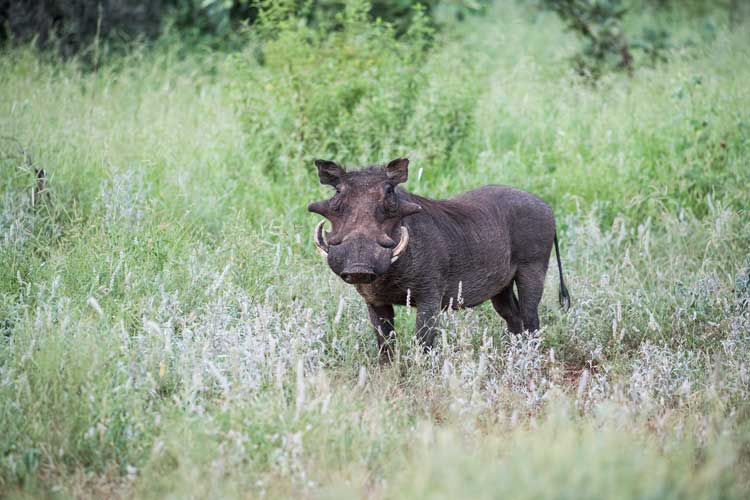
and as already expected we did not see that much on the S28 but we simply loved to travel this road although must say that the family of side striped jackals was a more than wonderful sighting
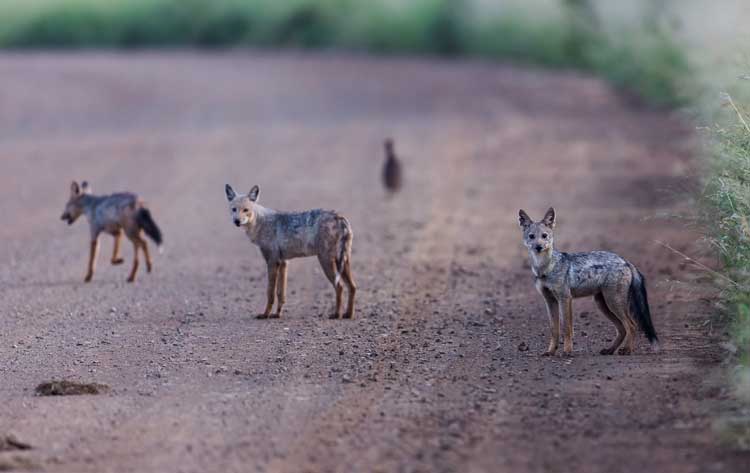
as this specie is in fact not coming along that often and they were thankfully running along on the road in front of us.
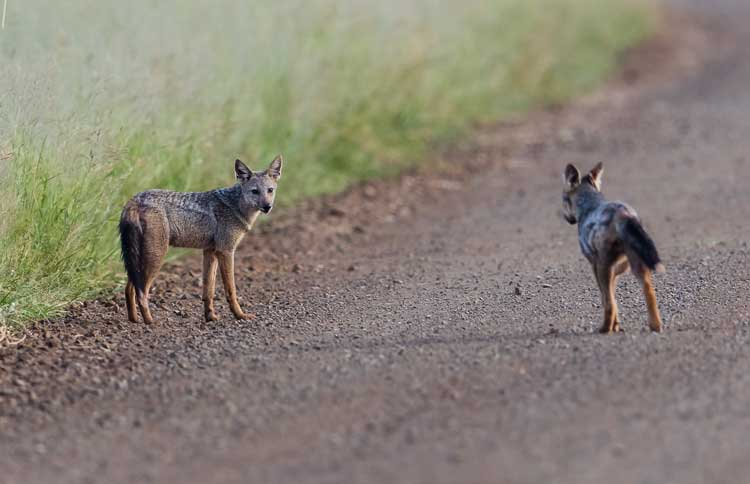
One of them was begging for food
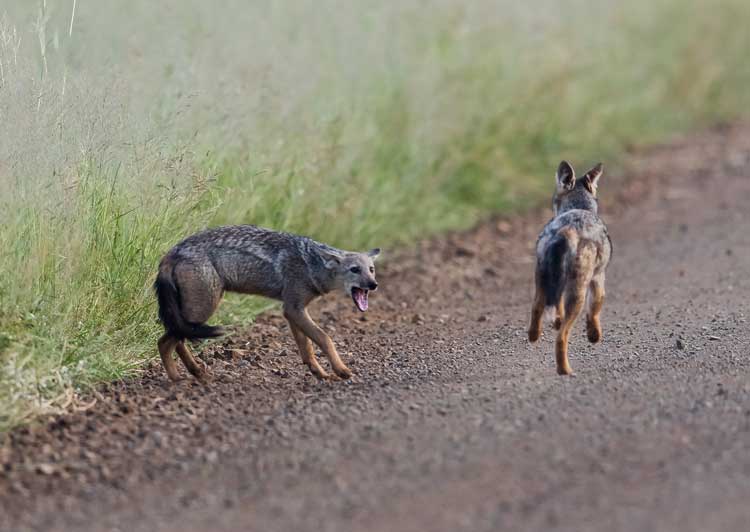
and all of them were nearly totally wet from the high grass.
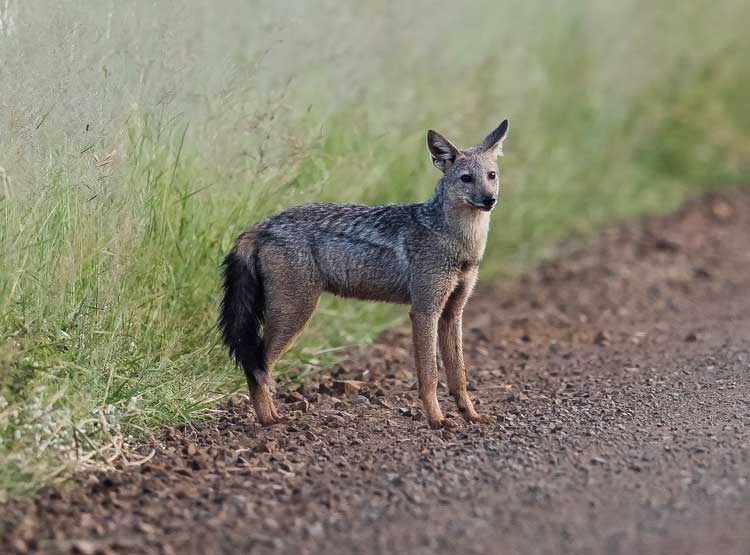
Far too soon they finally disappeared in the high grass on the roadside and we could not find them again
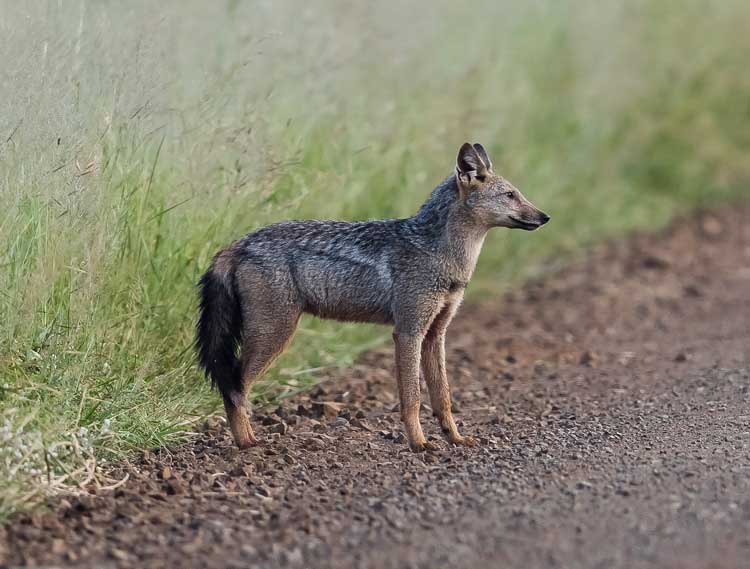
and although the rest of our drive until we turned into the road to Nhlanganzwani was extreme quiet as also the birds had not awoke so far.
Nearly at the end of the road close to the once existing dam we already realized some animal activity in form of zebras and wildebeests crossing the road and we had obviously only eyes for them as suddenly a car from the back approached us and asked us: “Did you see the lions?” who we in fact did not notice and so we drove together with the other car backwards and they pointed the lions out to us.
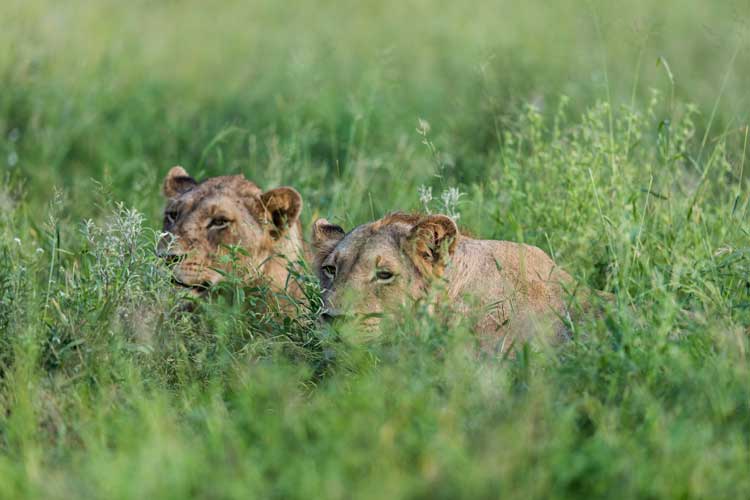
They were in fact not that easy to see as they ducked down in the high grass. Needless to say that we parked and started to take shot after shot and so did the passengers in the other car as well which we thanked enthusiastically in following us and making us aware of the lions.
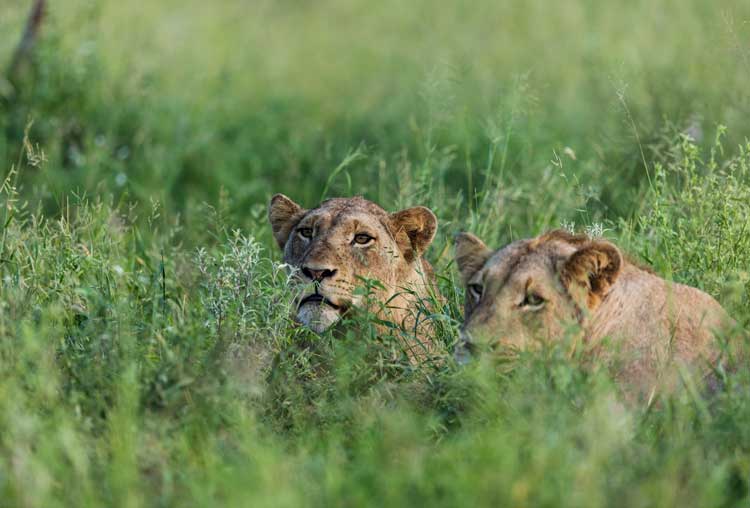
Another two lions could be traced a bit farer away nearly behind a bush. Meanwhile the other ones stood up and joined the two farer away ones.
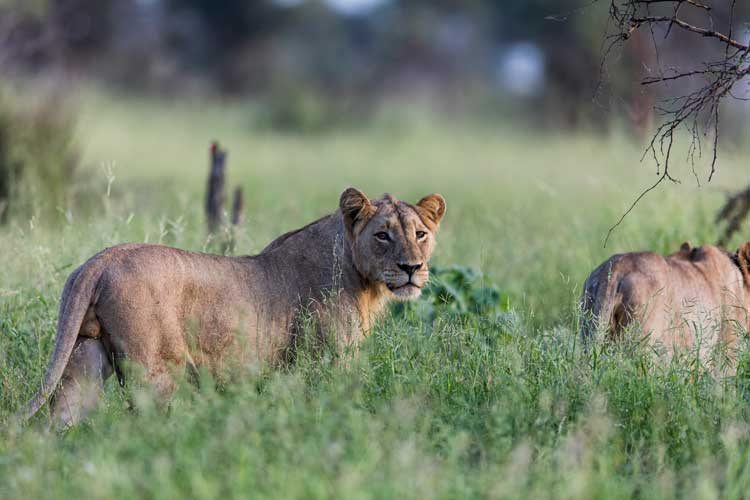
All in all we noticed three younger male and one younger female
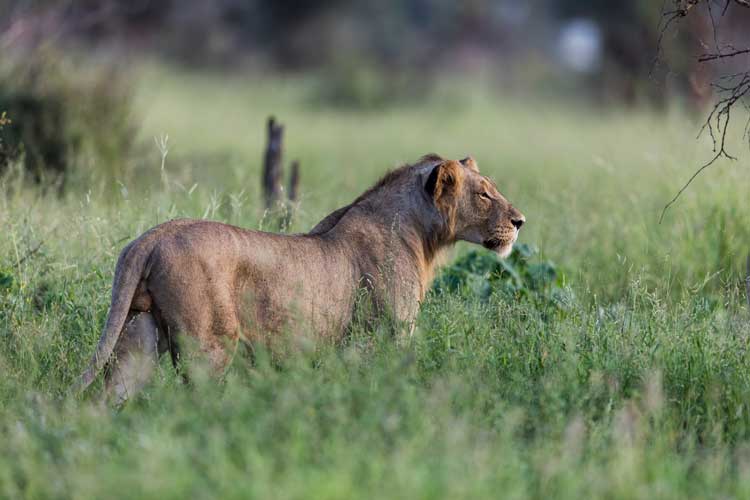
and now it was in fact even harder to see or even to photograph them -
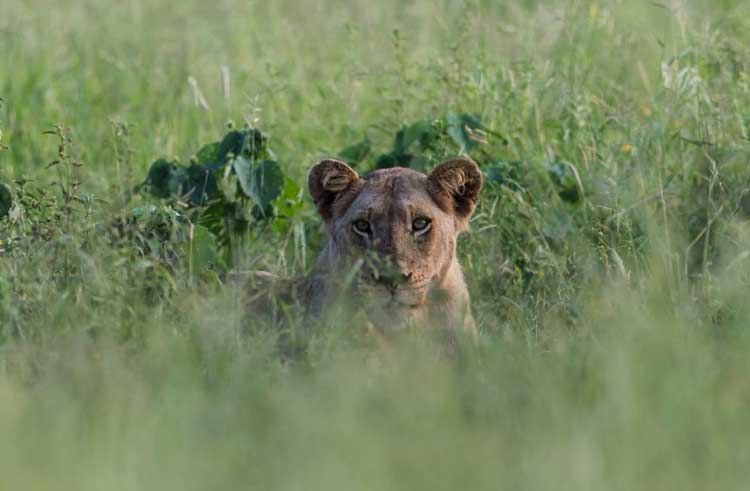
gladly from time to time they sat up and scanned the surrounding but when lying down in the high grass we could not see anything from them.
